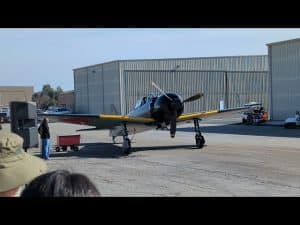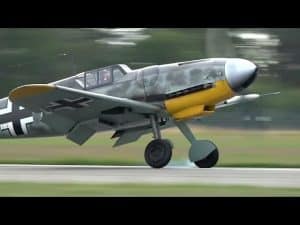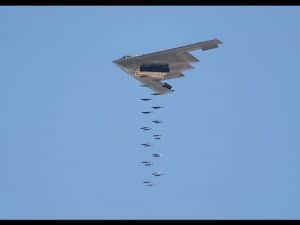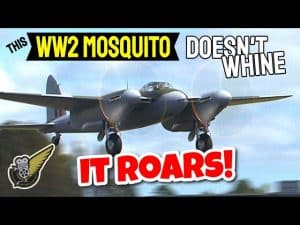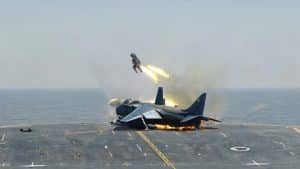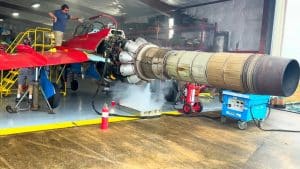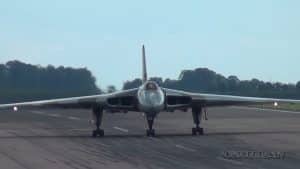5 Facts You Should Know About The Fw 200 Condor
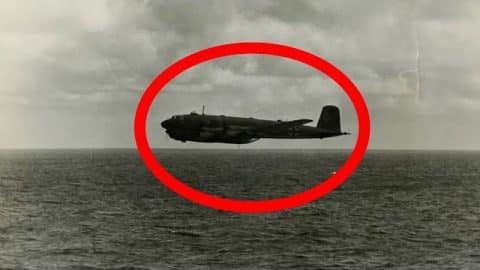
YouTube / Dark Skies
The Fw 200 Condor is a four-engine piston aircraft of the 1930s. Here are five facts that you need to know about this interesting jet.
5. It was originally designed as a transatlantic airliner
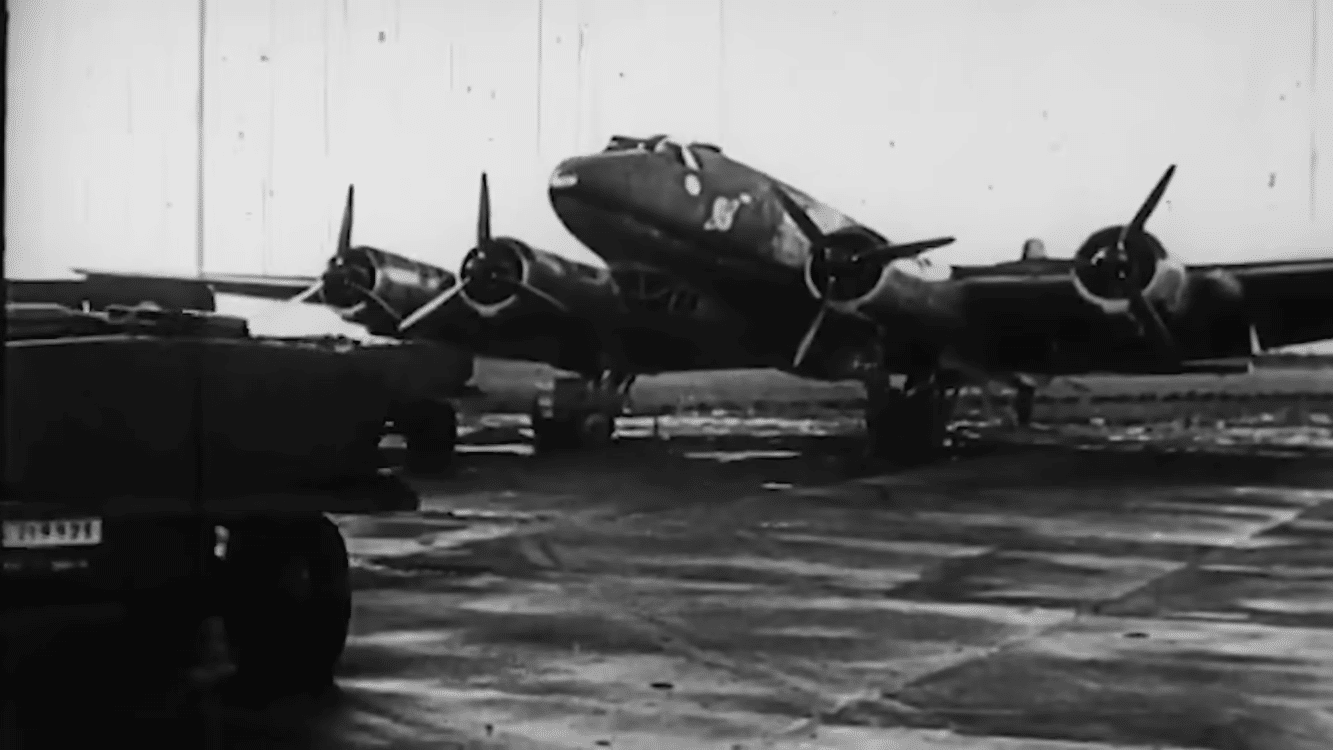
The Condor could carry up to 26 passengers. Then, when WWII broke, a modified C version was utilized as a long-range bomber and reconnaissance jet that mostly flew over the Atlantic.
4. It earned the nickname “Condor” in honor of the Condor bird
The jet was massive with a tremendous wingspan of almost 110 ft! Its length of 76 feet also helped the aircraft house around 30 passengers at the time.
3. It was innovative in its cruising altitude
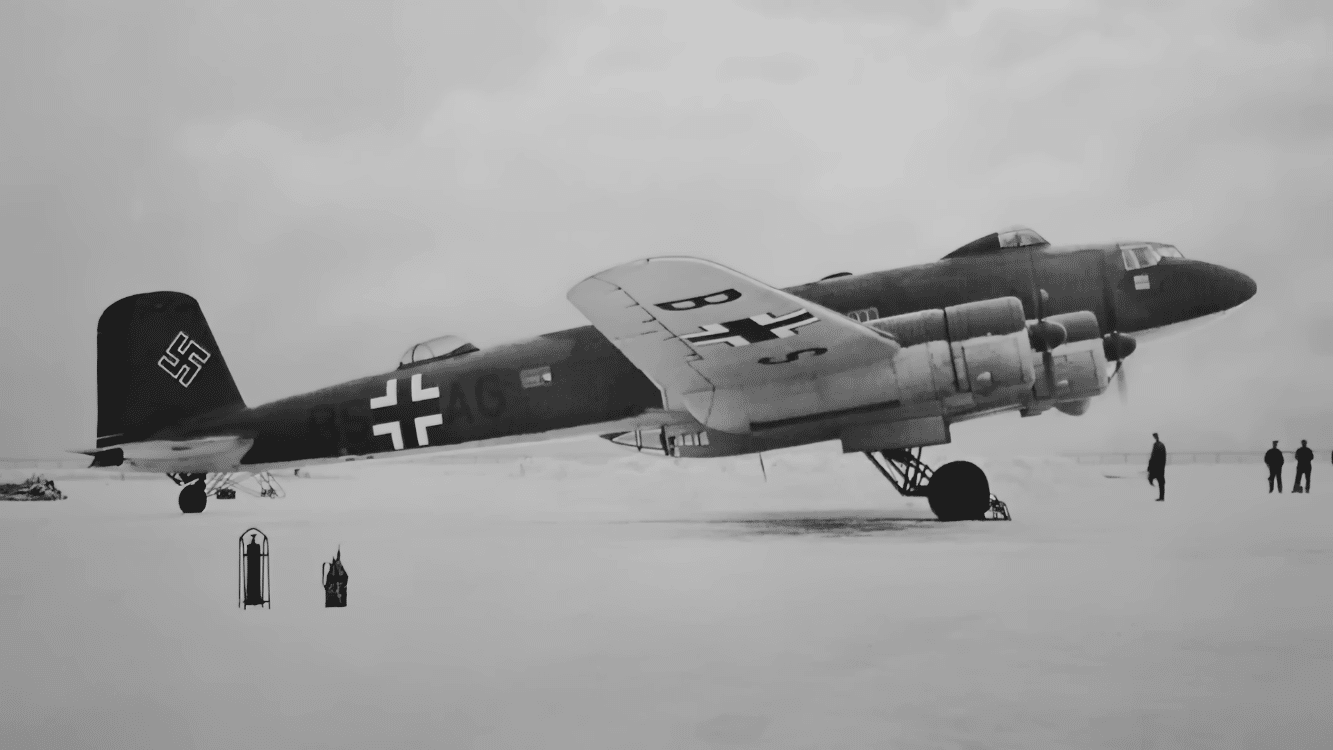
The plane was designed to fly 9,800 feet above the ground without a pressurized cabin. The plane also reached twice the altitude of conventional airliners during the 1930s until high-altitude passenger planes like the Boeing 307 in 1940 started flying.
2. Despite being a German plane, it used some American parts in its design
During the development of the Condor, the relations between America and Germany haven’t completely deteriorated. In fact, flying to the US was not only the plane’s main objective but utilized American parts in its design.
Later on, Germany switched the American engines to German 720 hp BMW 132-G1 radials.
1. Since the Condors weren’t designed as bombers, they had to fly extremely low altitudes
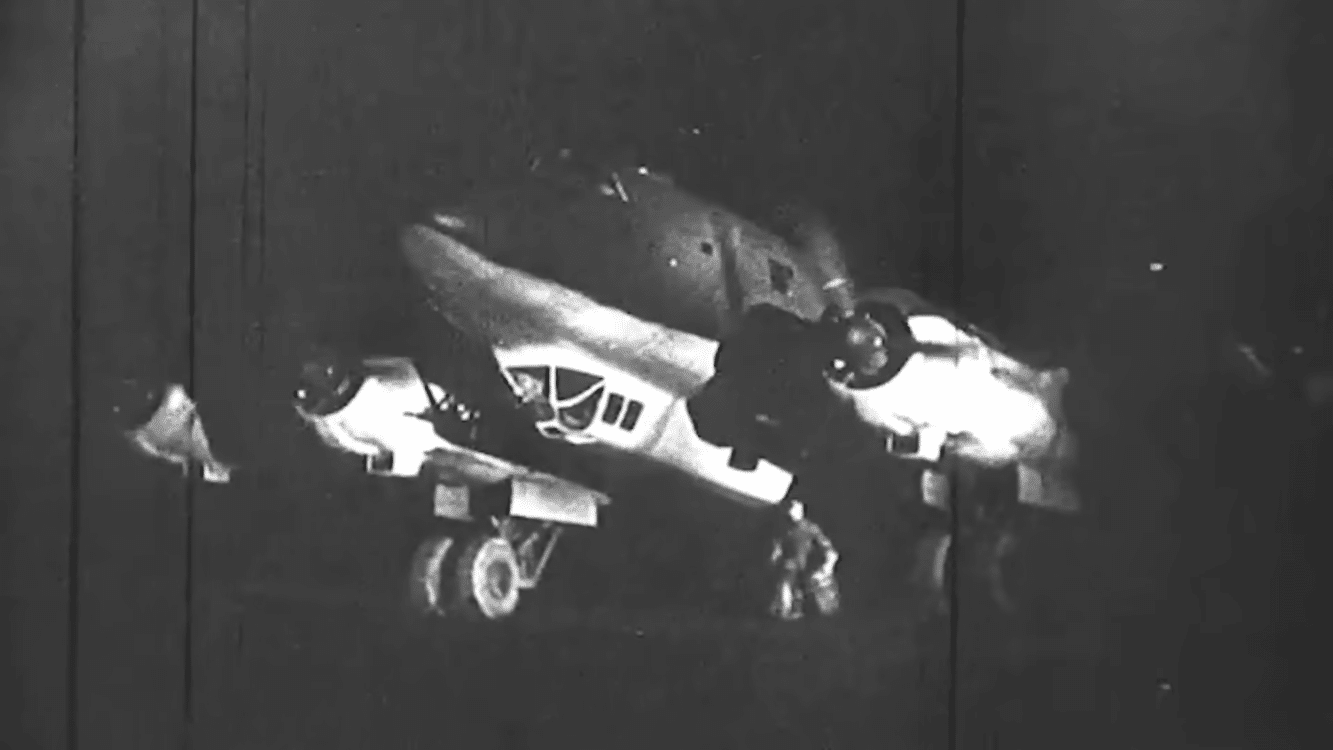
Despite that, that airliner-turned-bomber performed relatively well and even Winston Churchill called it the “Scourge of the Atlantic,” for contributing to the massive Allied shipping losses during the Battle of the Atlantic.
After a near-death experience with the plane itself, famed Royal Naval Fleet Air Arm pilot Eric “Winkle” Brown started looking for weaknesses. He found that the forward-firing machine gun positions could swivel to an extent but could only fire at a particular angle. Beyond that, a round would hit its own fuselage.
Brown discovered a key blind spot – that the plane was highly vulnerable to a forward attack. After downing one Condor, he subsequently taught the techniques to other pilots who promptly downed more of these planes as a result.












